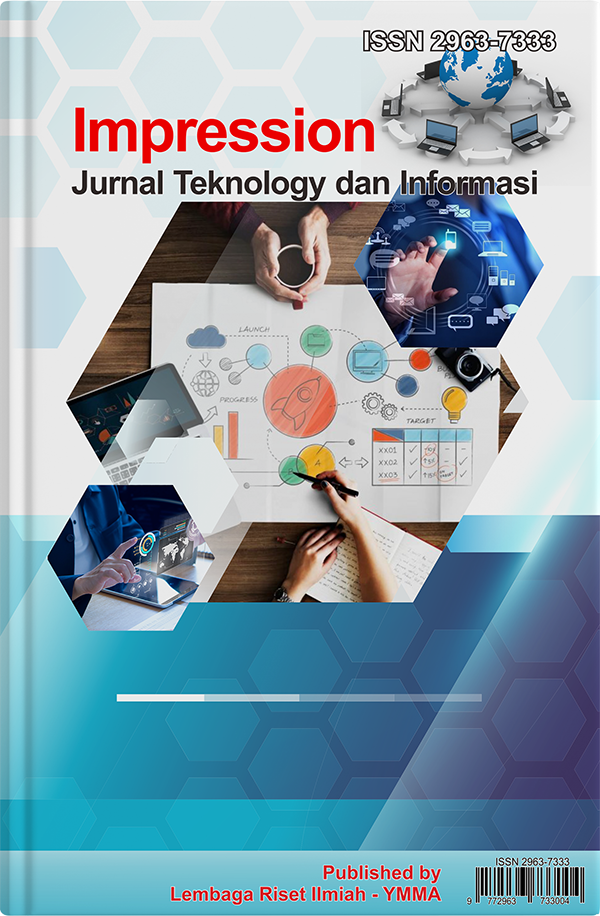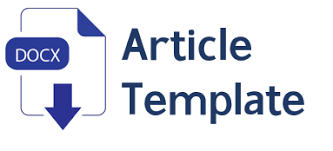Momen Inersia dalam Desain Struktur: Ketebalan Pelat Beton Bertulang yang Terabaikan pada Gedung Talenta USU
DOI:
https://doi.org/10.59086/jti.v4i3.1146Keywords:
Momen Inersia Efektif, Pelat Beton Bertulang, Desain Parametrik AutoCAD, Kekakuan Struktural, Efisiensi DesainAbstract
Accurate determination of effective moment of inertia (Ie) is crucial in the design of reinforced concrete slabs to ensure stiffness and structural serviceability. Conventional approaches often ignore variability , resulting in suboptimal designs or material wastage. This research presents an innovative methodology that integrates a parametric model into an AutoCAD plugin. This implementation enables comprehensive stiffness analysis and service performance evaluation from the early stages of design. The results show a significant increase in design efficiency, with a reduction in processing time of up to 50% and material savings of 10-20%. This methodology not only improves the accuracy of structural behavior predictions, but also minimizes the risk of overdesign and failure, contributing to more reliable, economical, and sustainable designs in accordance with global standards.
References
Erivwo, O., & Makis, V. (2021). Journal of Petroleum Science and Engineering Improved abnormal formation pressure detection from drilling performance data in a partially observable setting. Journal of Petroleum Science and Engineering, January, 108947. https://doi.org/10.1016/j.petrol.2021.108947
Formentini, G., Bouissiere, F., Cuiller, C., Dereux, P., & Favi, C. (2022). Journal of Industrial Information Integration Conceptual Design for Assembly methodology formalization : systems installation analysis and manufacturing information integration in the design and development of aircraft architectures. Journal of Industrial Information Integration, 26(January), 100327. https://doi.org/10.1016/j.jii.2022.100327
Juniani, A. I., & Singgih, M. L. (2022). Design for Manufacturing , Assembly , and Reliability : An Integrated Framework for Product Redesign and Innovation.
Li, Z., Liu, Z., Sa, G., Sun, J., Hou, M., & Tan, J. (2025). Knowledge-enhanced large language models for ideation to implementation : A new paradigm in product design. Applied Soft Computing, 176(March), 113147. https://doi.org/10.1016/j.asoc.2025.113147
Mohammed, A., Muse, A., & Qorane, A. (2025). Results in Engineering A cooperative governance framework for sustainable digital transformation in construction : The role of digital enablement and digital strategy. Results in Engineering, 25(January), 104139. https://doi.org/10.1016/j.rineng.2025.104139
Nastos, C., Komninos, P., & Zarouchas, D. (2023). Non-destructive strength prediction of composite laminates utilizing deep learning and the stochastic finite element methods. Composite Structures, 311(February), 116815. https://doi.org/10.1016/j.compstruct.2023.116815
Oliveira, S. I. De, & Kieling, A. C. (2021). Journal of Engineering and Technology for Industrial Applications RESEARCH ARTICLE THE INTEGRATION OF DFMA ( DESIGN FOR MANUFACTURING AND ASSEMBLY ) AND REVERSE ENGINEERING ( ER ) APPLIED TO A LANDING GEAR REDESIGN. 4–10.
Siregar, Z. H., & Nasution, A. F. (2025). Evaluasi Kritis dan Model Alternatif Hunter Curves untuk Sistem Plumbing Gedung Bertingkat di Medan. 11(2), 205–217.
Taha, B. O. (2025). A Generalized Span – Depth Ratio Model for Minimum Thickness Design of Flat Plate Slabs Incorporating ACI Deflection Criteria. 1–26.
Tatiana, G., Dmytro, O., Oleksandra, O., Mykola, O., Галінська, Т. А., Овсій, Д. М., Овсій, О. М., & Овсій, М. О. (2022). Fundamentals of designing rational slab steel-reinforced concrete structures and elements of floors Основи проектування раціональних плитних сталезалізобетонних конструкцій і елементів перекриттів. 1(58), 55–65.
Downloads
Published
How to Cite
Issue
Section
License
Copyright (c) 2025 Nazmi Aprilla Wibowo, Adinda Juwita Nst, Ahmad Fauzi Nurikhsan

This work is licensed under a Creative Commons Attribution 4.0 International License.
Impression Jurnal Teknologi dan Informasi
Publisher Lembaga Riset Ilmiah

This work is licensed under a Creative Commons Attribution 4.0 International License.













